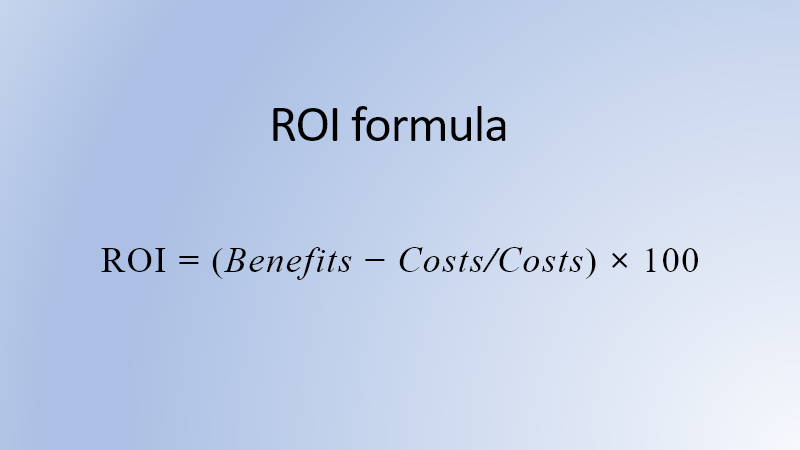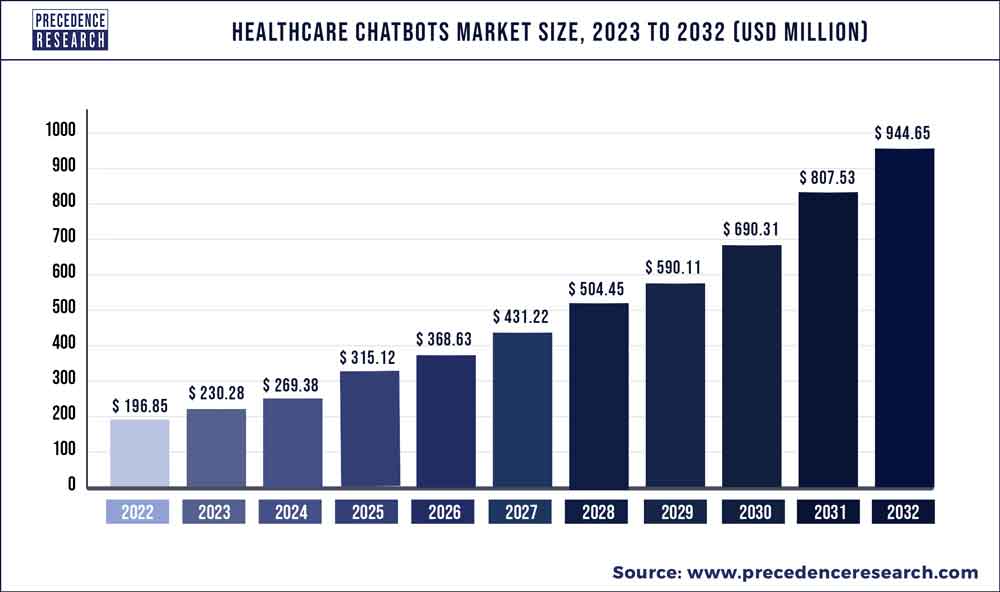Consumers have changed a lot in the past few years. Their attention span has shortened as they constantly consume information from multiple channels and in different formats. People no longer stick to a single long article; instead, they jump from one resource to another to see different takes on an issue. Moreover, modern customers value their time and do not like being given generic information. They need content that matches their values, real-time needs, and preferences.
The life sciences industry must adapt to these shifts and deliver tailored content across markets, channels, and campaigns. However, the key challenge is that such an approach strains resources and takes forever, especially with the medical legal regulatory (MLR) review timelines.
The modular content marketing strategy arose to turn these hurdles into business opportunities. This blog post will delve into modular content, its role in modern pharma marketing, and how to do it right.
What Is Modular Content?
There are two main ways to think about modular content. The first involves creating fresh materials and assets by combining pre-built, pre-approved content blocks or modules. Unlike basic content components (think images, statistics, text snippets, and so on), content modules are MLR approvable, design-less, and channel-agnostic units that deliver a specific message.
For instance, imagine you have components like a graph showing drug adoption, some statistics, and a call to action. You could combine these into a module that highlights the benefits of a particular drug and encourages viewers to learn more.
The other way to think about modular content is that it focuses on creating adaptable content that can be easily repurposed for different channels and formats. Imagine a pharmaceutical company creating a comprehensive report on drug effectiveness. They could break this report down into smaller, snackable content modules. These modules could then be used to build emails, infographics, video scripts, eDetailers, blog posts, and anything else you can think of.
Importance of the Modular Content Strategy for Life Sciences
Modular content boasts many advantages compared to the traditional approach to content creation. We have summarized the key benefits in the table below for your convenience.
| Traditional Approach | Modular Approach |
| It is hard to discern what makes content resonant and what leads it to miss the mark. Marketing teams find it hard to personalize brand messages. | Modularization allows brands to identify pieces that strike a chord with the audience. When creators combine the most resonant chunks into cohesive stories, customers get highly personalized, engaging content. |
| Each content asset is created from scratch for each channel, market, or buying situation. | Companies repurpose modules across platforms, campaigns, and markets. |
| Each content piece undergoes the MLR review, which may take months depending on the type of feedback and the MLR team’s workload. | Modular content must be created and approved only once. Pharma brands can reuse approved content without undergoing any MLR procedures. |
| Teams end up duplicating work for channels and campaigns because the content is stored in isolated libraries. | Modular content begins with creating a Digital Asset Management (DAM) system that houses all the company’s pre-approved modules. This ensures everyone has access to all data, preventing unnecessary duplication of efforts. |
| It is challenging to update content to adapt to changing market needs and trends. | To respond to changing markets, teams can update just one or few modules without overhauling the entire content. |
Challenges of Going Modular (And the Solution)
You may have considered a modular approach but concerns about data management might have held you back. While highly beneficial (see table), data organization can be a main bottleneck for some pharmaceutical brands. Managing modular content – tagging, tracking, updating – can be a significant manual effort depleting your resources.
But what if we told you that you can automate most of this heavy lifting? Our content experience platform, eWizard, leverages artificial intelligence (AI) to automate content categorization (static tagging) and enrich it with metadata (dynamic tagging). This way, your content can be well organized and easy to find and reuse.
Plus, AI ensures that content remains continually up-to-date and accurate by scanning the latest research and suggesting updates when necessary. AI technology also tracks all revisions made to modules, ensuring that clients always have access to the latest version and minimizing miscommunication and errors among teams.
How to Implement Modular Content Without Hiccups
Making organizational changes, like shifting to modular, can be a long and challenging path. Though the effort pays off, you might need some guidance to make this process smoother, more efficient, and less painstaking for all stakeholders. Without further ado, let’s explore some steps you need to take to do it right.
Motivate your stakeholders
People generally dislike change, so they need to see the personal benefits to embrace it. By demonstrating how modular content positively impacts their work, their intrinsic motivation will skyrocket. For example, data analysts will gain more insights into content performance, while content creators will no longer duplicate content and can focus on more creative and advanced storytelling.
Emphasize what this change means for the entire organization and its business goals. Stakeholders need to see the bigger picture and understand their role in it.
Move to a DAM
The digital asset management (DAM) system is the major pillar of the modular approach. This is a content library where all data is housed and managed. DAM acts as a “single source of truth” letting everyone on the team access and work with the same modules.
If you do not currently have a DAM solution in place, we suggest you try out the eWizard content repository, Navigate. It allows users to store all modules, templates, and media files in one place. Users can view each module’s approval status and history to improve content management and streamline the MLR process.
Assess your existing content
Some of your content might have complex designs and lack proper structure, making the modular approach seem like a catch-22. So, you might want to analyze all your existing content assets to identify opportunities for modularization.
Wherever possible, you must standardize the structure and simplify the design. This can help turn an old landing page or eDetailer into modules. Creating standard templates will help you visualize the modules’ structure, layout, and interaction patterns.
Organize modules
Assigning tags and metadata is essential for content creators to quickly find the necessary modules, track updates, and ensure compliance. Additionally, you should set clear business rules to explain how modules should be mixed and matched. For example, a business rule could state that the clinical decision support module must be paired with the patient case studies module to provide healthcare providers (HCPs) with evidence-based decision-making strategies and real-life cases.
Approve and localize
Before submitting your content for approval, make sure to do thorough quality checks to avoid revisions from the MLR team. Using AI can help you in this regard. For example, our content experience platform, eWizard, has an AI-powered MLR acceleration engine that predicts the likelihood of content approval before the formal review.
This solution highlights sensitive images, missed references, and content mismatches. You can also set up notifications if the chances of content approval drop below 95%. When you are confident in the accuracy of your modules, submit them to the relevant MLR authorities to ensure regulatory compliance.
The next logical step would be to localize these modules to make sure they are relevant and culturally sensitive to the local audience. But here is the catch: from our experience, local markets are not ready to localize content modules. So, most companies skip this step and proceed to content localization.
To solve this problem, we added a feature in eWizard that lets clients localize the entire content first, publish the material as a PDF for MLR approval, and then, if there are modules in the global content, they can choose to create new ones, add the right metadata, and the technology will automatically localize these modules.
Best Practices for the Modular Approach
As pioneers in modular content, we have gained valuable experience in executing modular content strategy effectively. Here are some key takeaways to keep in mind:
Establish clear goals
Using clear expectations and key performance indicators (KPIs) will let teams navigate the organizational change, progress faster, and witness its impact. Craft supporting materials to ensure everyone is on the same page and works together under the wider concept strategy.
Eat an elephant one bite at a time
Instead of a full-scale launch, start implementing the modular content in some aspects of your business (for example, in a channel like eDetailer or a new drug campaign). This will let you gain more confidence in the workflow and showcase initial success to your employees to boost their motivation.
Engage ambassadors
You might want to empower employees most affected by the switch to the modular approach. They can serve as role models, helping others understand the benefits of this strategy and showing the possibilities of customizing the modules. With their guidance, teams will learn faster and ultimately be more effective with the new system.
Don’t try to make all content modular
When you create unnecessary modules without clear use cases, it causes chaos in your DAM system. With too many modules, teams are challenged to find and identify the right ones, reducing their overall reuse. To determine which content should be modular, it is smart to use strategic content planning, track content performance, and conduct content audits.
Consider a design element
The common misconception is that design does not matter because modules are design-less units. But the truth is that content modules take their final shape within a channel, and ignoring design during module creation can lead to poor and inconsistent user experience.
However, when focusing on design, it can be tough for content creators to find the right block for a module structure. The good news is that, with the eWizard functionality called universal block layouts, you do not need to remember all the blocks or waste time searching for the perfect one. The layout is automatically adapted to the channel’s requirements.
Embrace Modular Content with eWizard
Modular content is not just a passing trend in pharmaceutical marketing; it is essential for business efficiency, content quality, and standardization. This is a crucial step that prepares brands for content marketing automation. However, we recognize that this digital transformation requires time and going the extra mile, meaning you might need robust technology throughout the entire process.
eWizard is a content experience platform that allows pharma and life sciences companies to implement modular marketing strategies. Recognized as the Best Overall Content Marketing Software at the MarTech Breakthrough Awards, eWizard empowers you to plan, modularize, create, analyze, and distribute content across all channels. Our clients boost their return on investments and streamline the modular content process with eWizard.
Interested in cooperation? Do not hesitate to contact our team today.



